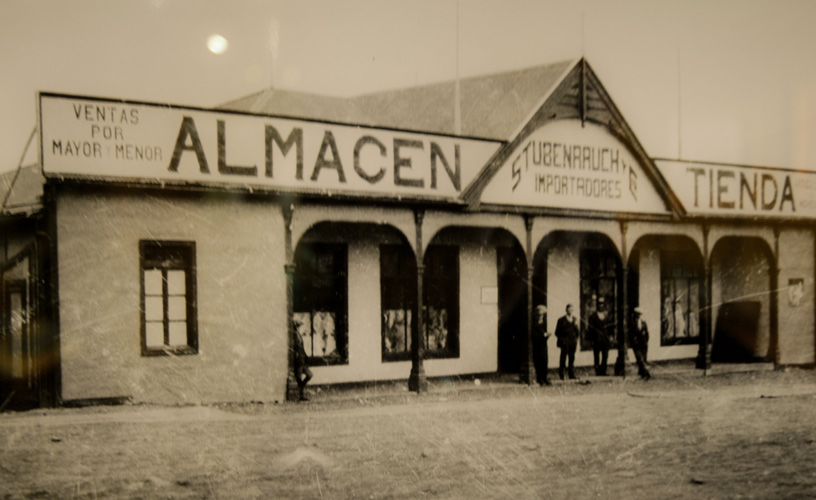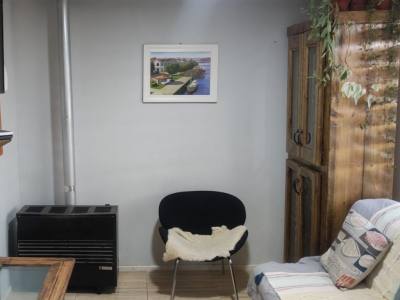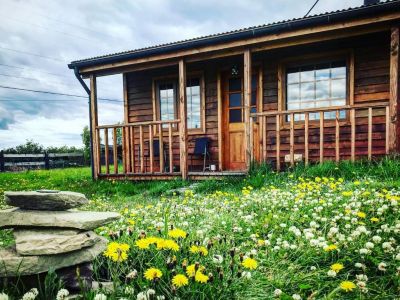This modern museum was created in April 1990 by the Carabineros de Chile. Its building, which rescues elements from the English pioneers’ architecture from a modern conception, shelters an interesting sample of the past of the Magellanic region, where vestiges of the Bories meat packing plant, the Sociedad Explotadora de Tierra del Fuego and Captain Eberhard’s personal belongings stand out. It includes 5 theme rooms: The world and primitive environments, Displays of the original environment and native human life, Colonization, Rural life and Urban Activities. A collection of objects and tools is the testimony of the prehistory and the history of colonization. As well, there is an important photographic record of the 1930s. Pieces from the primitive kaweshkar and aonikenk cultures, as well as devices from the late XVIIIth and mid XIXth centuries, of German and English origin in perfect condition may be appreciated.
The Past of the Magellanic Lands
The Municipal Historical Museum houses a significant collection of objects that give evidence of the origins of these southern communities.
The Company
A large part of the history of Southern Patagonia is related to the Sociedad Explotadora de Tierra del Fuego. This important cattle company was founded in 1893 and dominated the market of Southern Chile and Argentina by controlling almost three million hectares. In 1913, the company opened a meat packing plant 5 kilometers away from Puerto Natales, in Puerto Bories. This industrial venue used to process the production of three local estancias until the 1970s, when the meat packing plant and the slaughterhouse ceased to operate as a result of two large fires that destroyed their main sections. Declared historical monument in 1996, the meat packing plant will open again in the near future but this time as a museum that will let visitors into its impressive facilities, the freezing chambers, the fat-rendering plant, the tannery, the meat preservation and the wool washing sections. At present, the abandoned venue is reminiscent of the powerful past of the company, which had a great influence on the economic development of the region. Karina Jozami
Jorge González
Contact of the excursion or tour
Museo Histórico Municipal
Bulnes 285, Puerto Natales, XII Región, Chile































